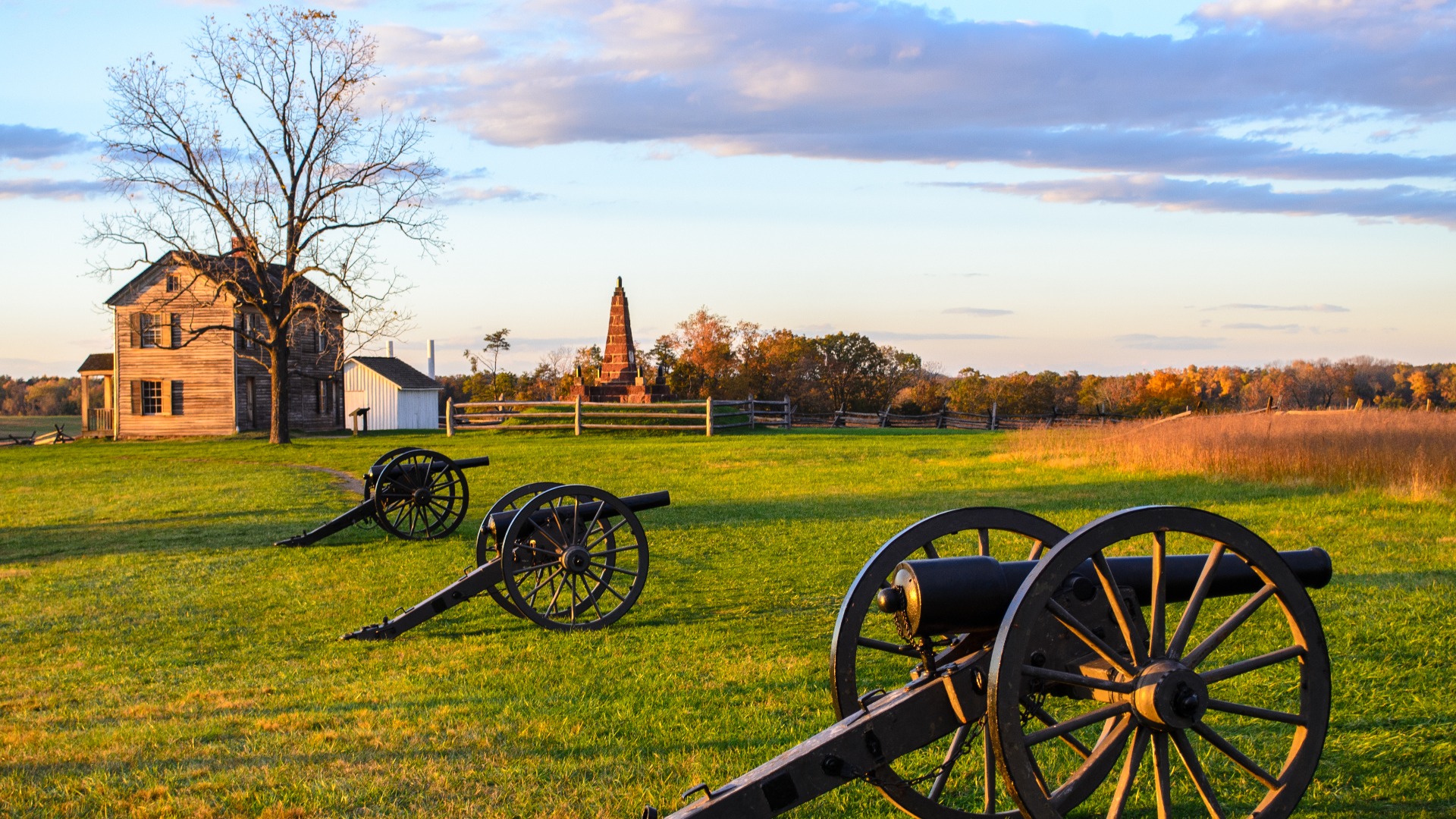Preventing Chimney Fires in Prince William County: The Fireproof Formula
As the winter chill begins to set in, the comforting warmth of a crackling fireplace becomes a delightful retreat. However, this comfort can quickly turn into a disaster if precautions aren’t taken to prevent chimney fires. In Prince William County, Virginia, chimney fires have proven to be a significant issue. This article aims to provide the fireproof formula for preventing chimney fires, ensuring that the citizens of this beautiful county can enjoy their fireplaces safely.
The Role of Chimneys:
Before we delve into the fireproof formula, it’s essential to understand the role of a chimney and why it can occasionally catch fire. A chimney’s primary function is to safely direct the smoke, gases, and small particles produced by the fire out of your home. However, over time, a substance called creosote builds up on the inner walls of the chimney. Creosote, a by-product of burning wood, is highly flammable and can catch fire if it accumulates in significant amounts. This is what leads to a chimney fire.
The Fireproof Formula:
1. Regular Inspection and Cleaning:
One of the most effective ways to prevent chimney fires is through regular inspection and cleaning. A professional chimney sweep can identify any potential issues within your chimney system and rectify them before they become a hazard. In Prince William County, residents trust A&T Chimney Sweeps for their fireplace, furnace, dryer vent, gutter cleaning, and repair services. This company offers thorough inspections, ensuring that your chimney and venting systems are functioning correctly and safely.
2. Burn Only Dry, Seasoned Wood:
Using the right kind of wood in your fireplace is crucial. Green or wet wood produces more smoke and creosote when burned. On the other hand, seasoned wood – wood that has been left to dry for at least six months – produces less creosote, reducing the risk of chimney fires.
3. Install a Chimney Cap:
Chimney caps are a simple, affordable measure that can significantly lessen the risk of chimney fires. They prevent birds and other animals from nesting in your chimney, where they can cause blockages that lead to fires. Additionally, chimney caps keep out rain and snow, which can damage the inner walls of your chimney and increase creosote build-up.
4. Don’t Overload Your Fireplace:
Overloading your fireplace with wood can cause an overly hot fire, leading to faster creosote build-up and increasing the risk of a chimney fire. A small, controlled fire is more efficient and safer.
5. Install Smoke and Carbon Monoxide Detectors:
While these devices may not directly prevent a chimney fire, they can alert you to a fire or dangerous gases in your home before it becomes a severe threat, giving you precious time to evacuate and call the fire department.
FAQs:
Q: How often should I have my chimney cleaned?
A: The National Fire Protection Association Standard 211 recommends that chimneys, fireplaces, and vents be inspected at least once a year. However, if you use your fireplace frequently, more regular cleanings may be necessary.
Q: Can I clean my chimney myself?
A: While it’s possible to clean your chimney yourself, it’s not recommended. Professional chimney sweeps have the tools and knowledge to thoroughly clean and inspect your chimney for any potential hazards.
Q: What is creosote, and why is it dangerous?
A: Creosote is a by-product of burning wood. It’s a sticky, tar-like substance that builds up on the inner walls of your chimney. Creosote is highly flammable and can ignite, causing a chimney fire.
Q: How can I reduce creosote build-up?
A: Some ways to reduce creosote build-up include burning only dry, seasoned wood, maintaining a small, controlled fire, and ensuring your chimney is properly ventilated.
Q: What are the signs of a chimney fire?
A: Signs of a chimney fire include a loud, cracking or popping noise, a lot of dense smoke, and an intense, hot smell.
In conclusion, preventing chimney fires in Prince William County is a straightforward process that involves regular inspection and cleaning, responsible fireplace use, and the installation of preventive measures. It’s a small price to pay for the safety of your home and loved ones.








